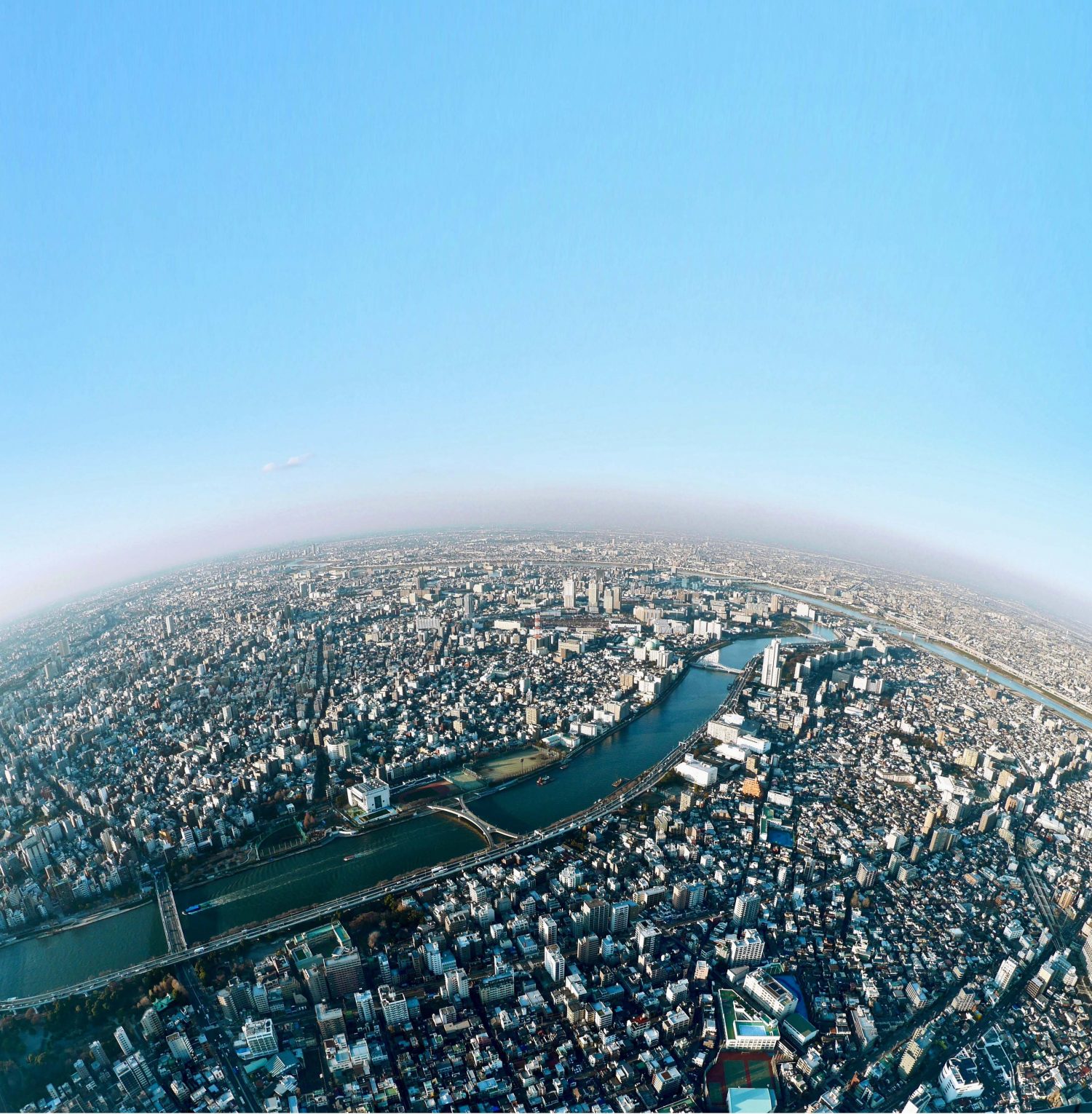In proposed carbon capture and storage networks around the world, infrastructure would be designed to capture CO2 at local industrial facilities, transport it via pipeline or ship, and inject it thousands of feet underground into a carefully selected geological formation where it can be safely and permanently stored.
ExxonMobil believes in the potential for large-scale development of CCS in Asia, based in part on the results of a research study from the Singapore Energy Centre that identified the region has a potential storage capacity in Southeast Asia of of nearly 300 billion tonnes. Such an approach could create a unique regional network that would connect high-emitting industries to world-scale storage.
Energy Factor spoke with Dr. Ganesh Dasari, a researcher and engineer at ExxonMobil, to better understand how CO2 storage sites are carefully and rigorously selected. With a doctorate in civil engineering from Cambridge University and a lead role in locating potential CO2 storage sites for ExxonMobil, Dr. Dasari is an authority on the many safety considerations in carbon storage planning.
Rock solid CO2 storage technology





